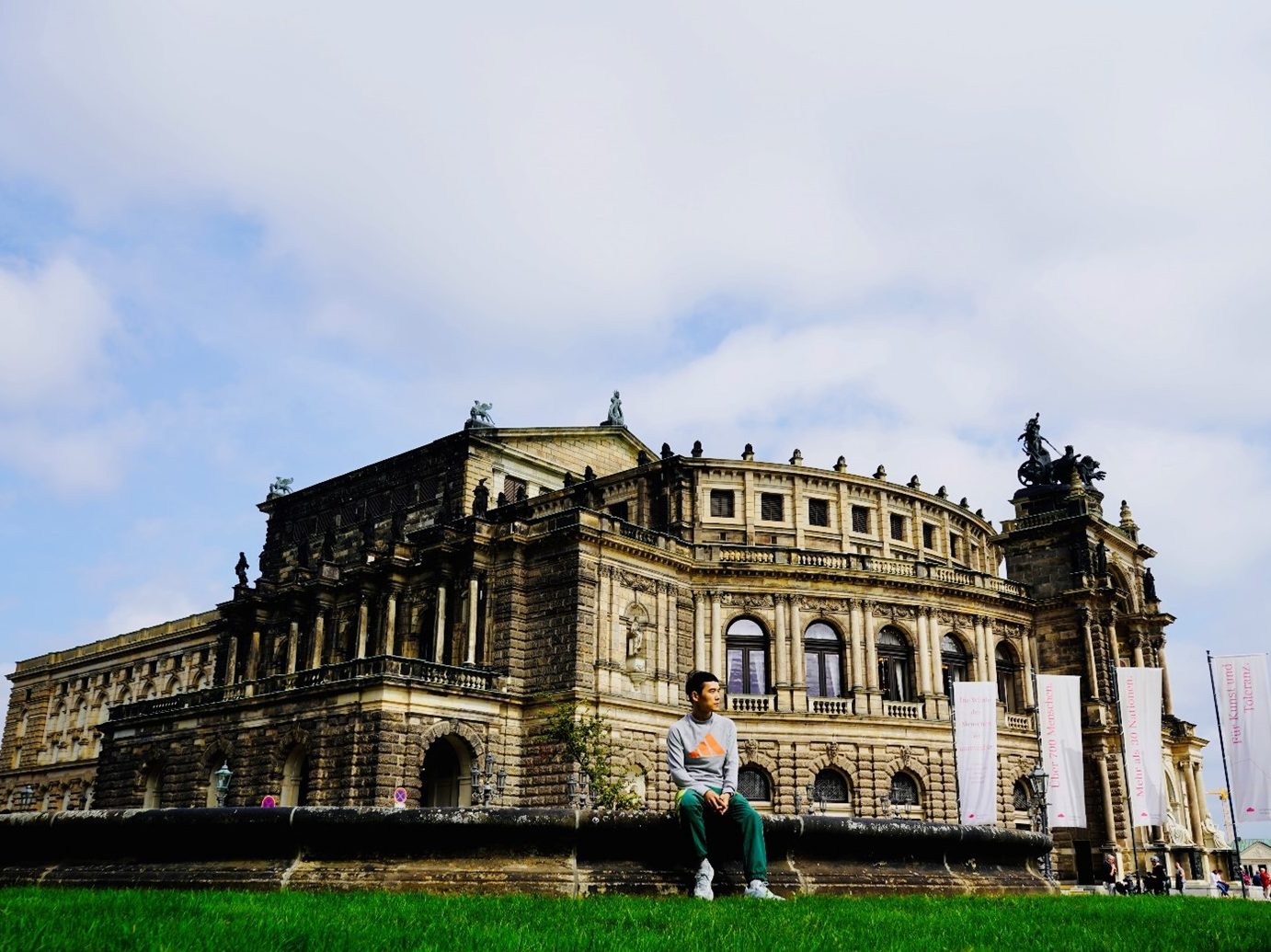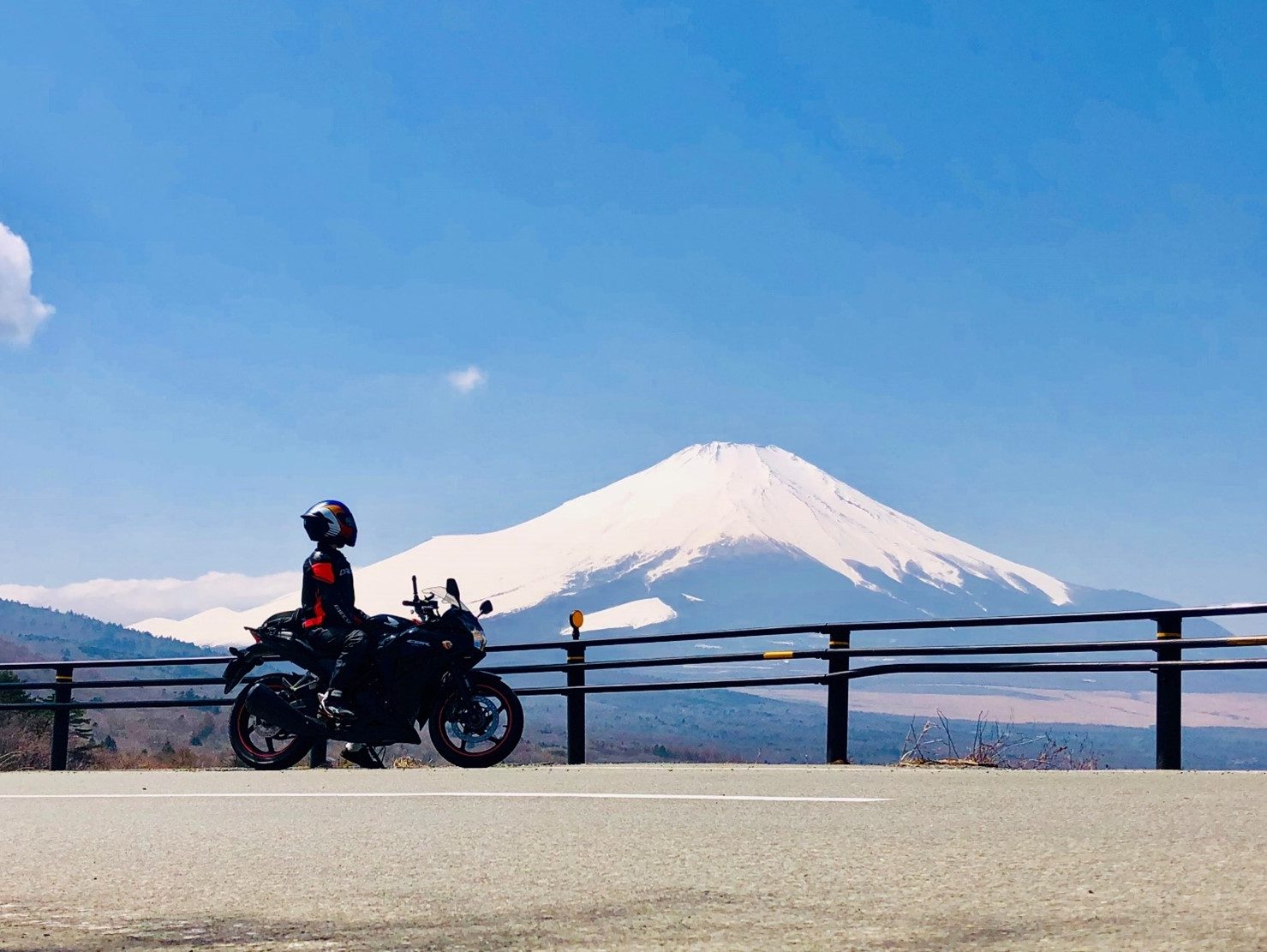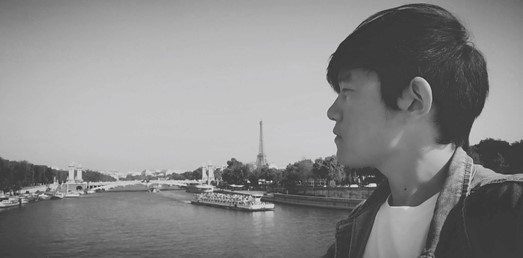Interview No.7 Dang Jinqiang 工学院
I came to Tokyo Tech as a master student through the IGP program after obtaining my bachelor’s degree in China, I believe this is one of the most important turning points in my life. I can speak no Japanese at the beginning which brought me a lot of trouble, but luckily, I met many new friends and they helped me a lot, now, I passed N1 and don’t need to rely on others anymore.
I love cycling and motorcycling, I have been to many places with my bike, and riding on the bike makes me feel very relaxed. I also love mountain engineering, I climbed the Mountain Fuji in 2 hours (from the fifth station of the Yoshida line to the top). I love traveling and photographing, I have been to more than 25 countries in the world with my Sony A7M3. I love skiing in the winter, you may find me in the ski resorts in Hokkaido, Niigata, Gunma, or Nagano.
Research Outline
My research is focused on autonomous mobility for a hummingbird-mimetic flying robot, we aim to develop a hummingbird-mimetic flying robot that can fly autonomously without external support. The robot should be able to generate enough lift force for hovering, it should also be able to detect its attitude using an onboard IMU sensor and remain stable during hovering. This study mainly consists of four subfields including the development of the flapping mechanism, design of the biomimetic wing, application of the control mechanism, and development of the autonomous sensing system. The flapping mechanism and the biomimetic wings are important for lift generation and are the prerequisites of payload for control parts and mobility parts, the control mechanism is the basis of attitude control, while autonomous sensing is critical for stable hovering.
The flapping mechanism is a very important part of the development of micro flapping-wing aerial robots, in this study, a dual-layer planetary gear reduction system was developed, the rack and pinion system was designed for flapping, and all the structural parts were fabricated by NC milling using the material of PEEK. A DC brushed motor was placed in the center position to drive the planetary gears, a protruding rod fixed on the planetary gear, which is also placed in the groove of the slider, will rotate with planetary gears together and thus push the slider to move forward and back reciprocally, then, the slider drives the wing to rotate around the flapping axis through the rack and pinion system.
Wings’ performance is important for flapping-wing flight, different wings may produce different lift forces because of their specific characteristics. The biomimetic wings used in this research are initially inspired by the hummingbirds’ wings. Firstly, the flexural stiffness of each feather shaft of a specimen of the Amazilia hummingbird was measured. It was found that the flexural stiffness can be expressed by the power function of a distance from the feather tip. Then, the biomimetic wing was designed based on the flexural stiffness of the real hummingbird’s wing. Two types of biomimetic wings were developed using different fabrication methods and materials.
The control mechanism uses a hybrid of the wing rotation method for pitch and yaw control and the shift of the center of gravity method for roll control. Pitch torque is generated by rotating the left wing and right wing in the same direction (forward or backward), which results in a pitch-up or pitch-down as the mean lift force center moves forward or backward from the center of gravity. Roll torque is generated by shifting the servos for pitch and yaw control to the left or right side of the robot, which will move the center of gravity to the left or right side from the mean lift force center. Yaw torque is generated by rotating the left wing and the right wing in opposite directions, which will generate two opposite horizontal forces. Two executed mechanisms that use rotate servos and linear servos were proposed.
To render the robot hovering, it is necessary to integrate MCU, onboard sensors, and power electronics. The MCU can read data from the onboard sensor, compute the robot’s state, update the controller’s commands, and generate updated feedback signals to interface with the onboard power electronics.
Go see the world!
I always believe that only after you have seen more, you know more of the world and the real you. Tokyo Tech provided me with a great platform where I can grasp the opportunities to get more connections with the world and to know more about who I am and what I want. During my master, I applied and attended many international communication programs, for example, the “Aspire forum student workshop” was a one-week gathering for students from Tokyo Tech, Tsinghua University, KAIST, NTU, and HKUST, the forum was held at NTU, Singapore, all the students need to attend lectures in the day, work on topics related to “Smart city” in the night and make a final presentation in groups. “SENG’s summer school for elite students” was a one-week activity, that is open to all the students from the world, organized by the school of engineering at HKUST, I met students from China, India, Canada, and many other countries, we attended lectures and walked around in HK together. The “Physics summer school” was a one-month program held by the University of Cambridge, I attended lectures, visited laboratories, and met new friends from all over the world, we boated on the river, picnicked in the park, and got drunk in the bar. It’s amazing to know new friends from a different country and share the stories with each other.
After I entered the doctoral course, I decided to explore more of the world and applied for the one-year exchange program at ETH Zurich in Switzerland, I took courses, joined the lab, and worked on research programs that are very different from my background but very interesting. During the year in Switzerland, I had the chance to travel around Europe. I traveled to more than 25 countries, all these experiences left a deep impression on me and influenced my life. I feel alive when the wind blows across my cheeks, when the smell of food wafts through my nostrils, when the sun goes up, when the rain falls down, when I walk on the street of a foreign land and lost in the sea of people.
This year, with support from the Off-Campus Study Plus, I had the chance to conduct a one-month internship in Berlin, Germany. I joined the research group led by Dr. Thomas and worked together with researchers from different backgrounds, I clearly realized the difference in working style and thinking methods between Europeans and Asians, and I admired the work-life balance in Europe a lot. The relaxing work-life balance allows me to travel around on the weekends, I traveled to Dresden, which is a very historical and attractive city, the Elbe River flows through the city and brings vitality. I also traveled to Copenhagen in Denmark and Malmö in Sweden. I enjoyed my stay at the institute, and I think it’s a very good memory and a very helpful experience for me. I’m very satisfied with the gains and I believe the target of this short visit is well achieved. I think this experience has made some important influences on my thoughts on my future career path and made it more feasible for me to work in Germany in the future.
All these experiences enriched my life, expanded my worldview, and made me the real me. I appreciate Tokyo Tech to provide me with such good opportunities and I encourage all the students to fully utilize these opportunities. From now on, let’s go see the world!





Message
We were all told to be extraordinary when we were still kids, but nobody told us that it is ok to be ordinary. We study hard to enter a good university, work hard to earn more salary, everything might be fluent until one day you suddenly realized that no matter how hard you try, you cannot make it, you become sad, angry, and lose confidence, you feel the future is dark and you can’t see the road ahead. But listen, it is ok to fail, it is ok to be ordinary, just embrace the ordinary and enjoy what you have.



![Online Seminar “Embracing Life Events for Early-Career Researchers” [Feb. 17th]](https://tokyotech-crossborder.gakumu.titech.ac.jp/wp-content/uploads/2025/01/Vol31フライヤー_final-1-709x1024.jpg)
![Cross-border Exchange Workshop 2024 [UPDATE]](https://tokyotech-crossborder.gakumu.titech.ac.jp/wp-content/uploads/2022/08/cb_thumnail_events_03.png)